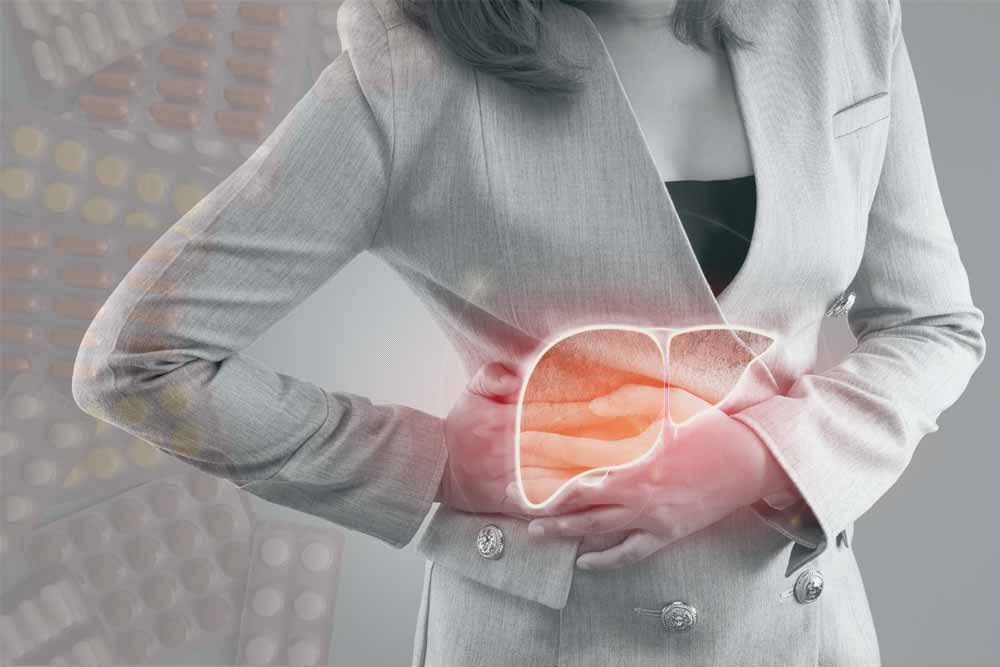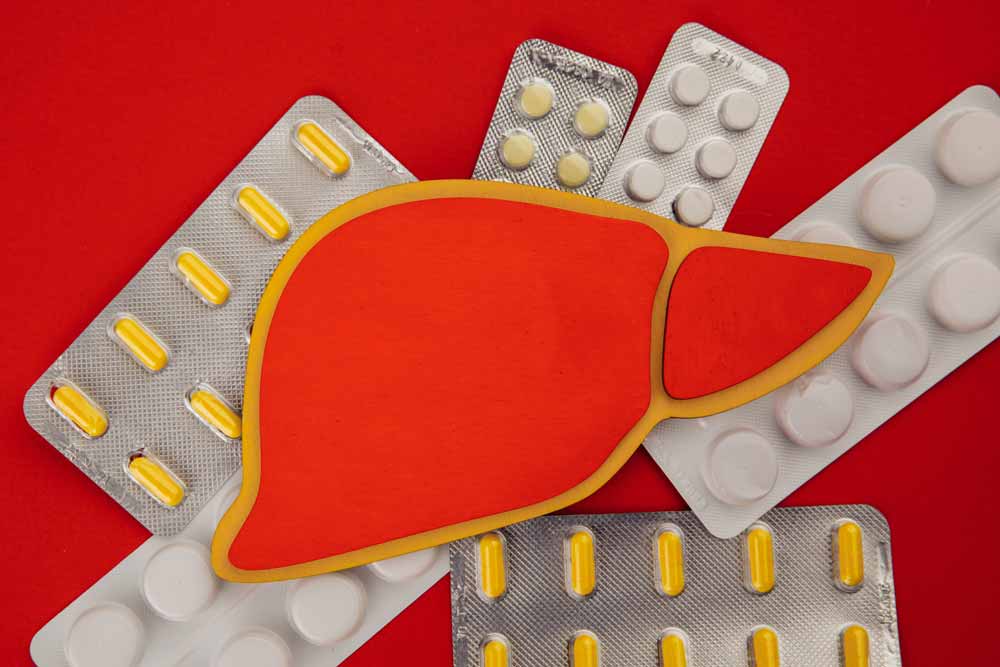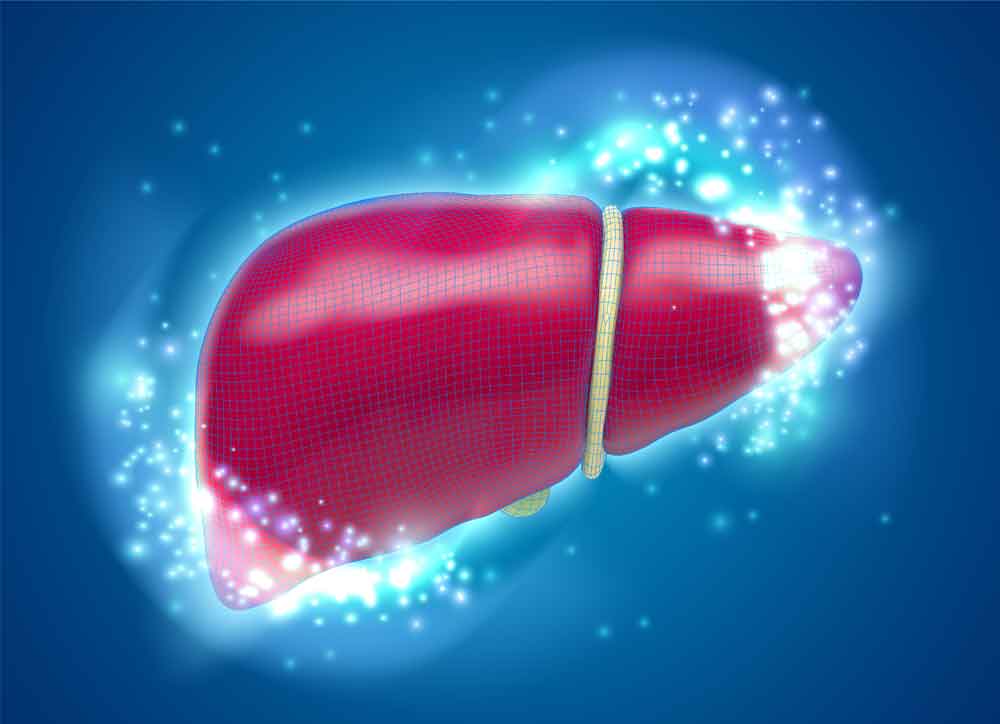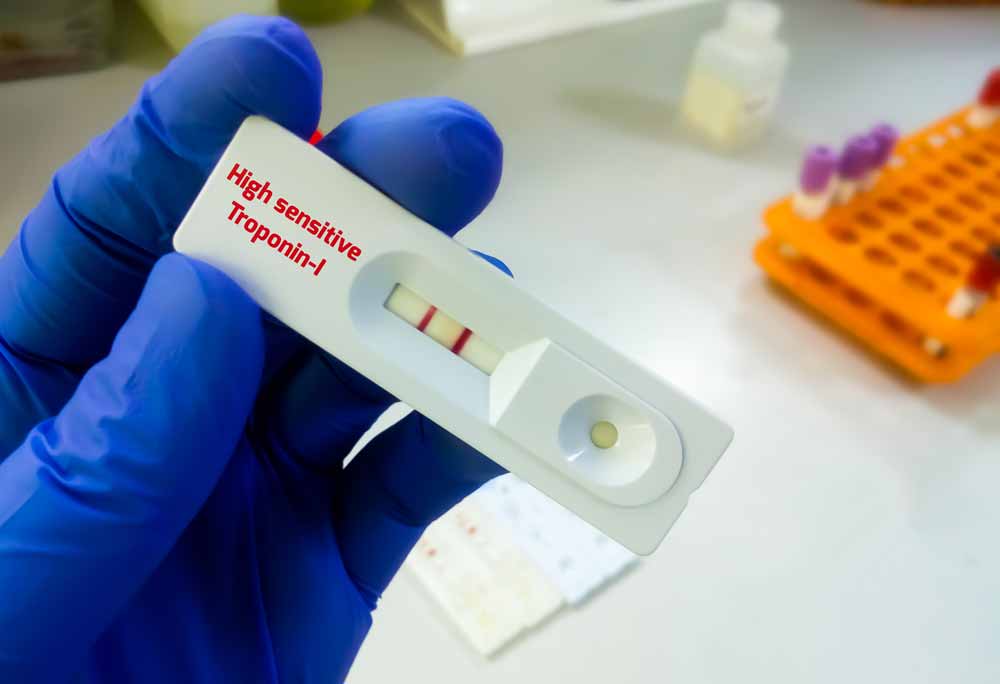MELD Score (Model For End-Stage Liver Disease) (12 and older): Online calculator
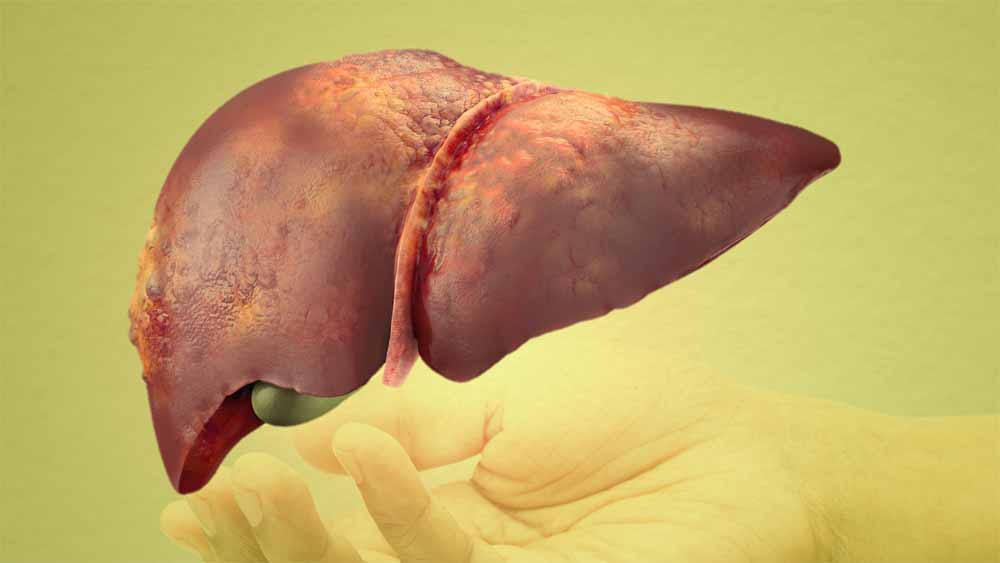
MELD Score stratifies severity of end-stage liver disease, for transplant planning.
NB!
MELD Score can be used in patients ≥12 years old.
Values should be no more than 48 hours old
Additional rules:
- If bilirubin, Cr, or INR is <1.0, use 1.0.
- If any of the following is true, use Cr 4.0:
- Cr >4.0.
- ≥2 dialysis treatments within the prior 7 days.
- 24 hours of continuous veno-venous hemodialysis (CVVHD) within the prior 7 days.
- If Na <125 mmol/L, use 125. If Na >137 mmol/L, use 137.
- Maximum MELD = 40.
MELD score used to stratify patients ≥12 years old on liver transplant waiting lists.
- Predicts mortality in the following scenarios:
- (a) after transjugular intrahepatic portosystemic shunt (TIPS)
- (b) cirrhotic patients undergoing non-transplantation surgical procedures
- (c) acute alcoholic hepatitis
- (d) acute variceal hemorrhage.
The MELD score also predicts three-month survival in patients (age 12+) with cirrhosis.
The MELD (Model for End-Stage Liver Disease) score is based on the assessment of the following parameters:
- Dialysis on at least two occasions in the last week or continuous veno-venous hemodialysis for ≥24 hours in the last week
- Creatinine > 4.0 mg/dL (> 354 µmol/L)
- Bilirubin
- INR
- Sodium
Scores range from 6 to 40, with higher scores correlating with increased severity of liver dysfunction and higher three-month mortality.
Candidates who are at least 12 years old receive an initial MELD(i) score equal to:
MELD(i) = 0.957 × ln(Cr) + 0.378 × ln(bilirubin) + 1.120 × ln(INR) + 0.643
Then, round to the tenth decimal place and multiply by 10.
If MELD(i) > 11, perform additional MELD calculation as follows:
MELD = MELD(i) + 1.32 × (137 – Na) – [ 0.033 × MELD(i) × (137 – Na)
Additional rules:
- If bilirubin, Cr, or INR is <1.0, use 1.0.
- If any of the following is true, use Cr 4.0:
- Cr >4.0.
- ≥2 dialysis treatments within the prior 7 days.
- 24 hours of continuous veno-venous hemodialysis (CVVHD) within the prior 7 days.
- If Na <125 mmol/L, use 125. If Na >137 mmol/L, use 137.
- Maximum MELD = 40.
Consider referral to hepatologist or liver transplant center for patients with MELD Score ≥10.
MELD Score should be periodically re-assessed, as it changes with changing lab values.
All cirrhosis patients should be periodically screened for hepatocellular carcinoma with serum alpha-fetoprotein (AFP) and by appropriate imaging to see if they can earn “standard MELD exceptions”.
Interpretation:
| MELD Score | Mortality |
| ≤9 | 1.9% |
| 10–19 | 6.0% |
| 20–29 | 19.6% |
| 30–39 | 52.6% |
| ≥40 | 71.3% |
The MELD was updated in January 2016 and now includes serum sodium level. Values should be no more than 48 hours old.
MELD can be used on any patient with end stage liver disease irrespective of cirrhosis etiology.
Currently, there is no modification in the score for patients on anticoagulation (given their INR may be elevated).
Several conditions are “standard MELD exclusions” and receive a different score:
- hepatocellular carcinoma
- hepatopulmonary syndrome
- portopulmonary hypertension
- familial amyloid polyneuropathy
- primary hyperoxaluria
- cystic fibrosis
- hilar cholangiocarcinoma
- hepatic artery thrombosis.
The following conditions are automatically assigned a MELD Score of 22 (28 in case of hyperoxaluria), with a 10% increase in score every 3 months from diagnosis.
- Hepatocellular carcinoma (HCC) with one lesion between 2 – 5 cm or two to three lesions <3 cm (Milan criteria), provided no vascular invasion or extrahepatic disease.
- Hepatopulmonary syndrome with PaO2 <60 mmHg on room air.
- Portopulmonary hypertension, with mean pulmonary artery pressure (mPAP) >25 mmHg at rest but maintained <35 mmHg with treatment.
- Hepatic artery thrombosis 7–14 days post-liver transplantation.
- Familial amyloid polyneuropathy, as diagnosed by identification of the transthyretin (TTR) gene mutation by DNA analysis or mass spectrometry in a biopsy sample and confirmation of amyloid deposition in an involved organ.
- Primary hyperoxaluria with evidence of alanine glyoxylate aminotransferase deficiency (these patients requires combined liver-kidney transplantation).
- Cystic fibrosis with FEV1 (forced expiratory volume in 1 second) <40%.
- Hilar cholangiocarcinoma.
One of the exclusion criteria for the original data set was absence of acute reversible conditions such as spontaneous bacterial peritonitis or prerenal azotemia secondary to dehydration. Therefore, in principle, the score should only be applied after these reversible conditions have been treated, according to the authors.
In February 2002, MELD was accepted by the United Network for Organ Sharing (UNOS, USA) for prioritization of patients awaiting for liver transplantation in the United States, replacing the Child-Pugh Score.
It has been widely studied and validated.
MELD was originally developed in 2001 by researchers at the Mayo Clinic to estimate survival of 231 patients undergoing elective transjugular intrahepatic portosystemic shunt (TIPS) placement and thus coined the “Mayo End Stage Liver Disease (MELD)” score.
In addition to serum bilirubin, creatinine levels and INR, etiology of liver disease was included, but subsequently removed due to difficulty estimating risk in patients with multiple causes of liver disease. The name was also later changed to Model for End-stage Liver Disease.
In 2002, the United Network for Organ Sharing (UNOS, USA) began using a modified version of the MELD score to prioritize patients on their orthotopic liver transplantation waiting list. MELD was prospectively validated in 2003 by Wiesner et al in 3,437 patients awaiting transplant.
Further studies demonstrated that MELD can be used to predict short term mortality risk in cirrhosis patients with complications such as variceal bleeding, spontaneous bacterial peritonitis, acute hepatic failure and alcoholic hepatitis. It can also be used in preoperative assessment of cirrhotics undergoing non-transplant surgery and in HCC patients who are not candidates for transplant.
In 2006, the MELD Exception Study Group and Conference (MESSAGE) created the MELD Exception Guidelines for transplant list patients whose mortality was not accurately predicted by the standard MELD formula.
In March 2007, Kamath et al reported that, though MELD has the ability to rank cirrhotic patients according to short term mortality, it is not a perfectly universal score, as survival is not accurately predicted in 15-20% of patients, and users must be aware of limitations of its application.
Register on our website right now to have access to more learning materials!
Subscribe to our pages:
Literature
- Kamath PS, Wiesner RH, Malinchoc M, Kremers W, Therneau TM, Kosberg CL, D’Amico G, Dickson ER, Kim WR. A model to predict survival in patients with end-stage liver disease. Hepatology. 2001 Feb;33(2):464-70. https://pubmed.ncbi.nlm.nih.gov/11172350/
- Wiesner R, United Network for Organ Sharing Liver Disease Severity Score Committee, et al. Model for end-stage liver disease (MELD) and allocation of donor livers.Gastroenterology. 2003 Jan;124(1):91-6. https://pubmed.ncbi.nlm.nih.gov/12512033/
- Kremers WK, van IJperen M, Kim WR, Freeman RB, Harper AM, Kamath PS, Wiesner RH. MELD score as a predictor of pretransplant and posttransplant survival in OPTN/UNOS, США status 1 patients. Hepatology. 2004 Mar;39(3):764-9. https://pubmed.ncbi.nlm.nih.gov/14999695/
- Kamath PS, Kim WR; Advanced Liver Disease Study Group. The model for end-stage liver disease (MELD).Hepatology. 2007 Mar;45(3):797-805. https://pubmed.ncbi.nlm.nih.gov/17326206/
- OPTN 2016 MELD Policy Changes https://optn.transplant.hrsa.gov/news/meld-serum-sodium-policy-changes/
- Freeman RB Jr, Gish RG, Harper A, Davis GL, Vierling J, Lieblein L, Klintmalm G, Blazek J, Hunter R, Punch J. Model for end-stage liver disease (MELD) exception guidelines: results and recommendations from the MELD Exception Study Group and Conference (MESSAGE) for the approval of patients who need liver transplantation with diseases not considered by the standard MELD formula.Liver Transpl. 2006;12(12 Suppl 3):S128. https://pubmed.ncbi.nlm.nih.gov/17123284/
Read also:
Interactive Checklist of differential diagnoses of DILI and HILI
Differential diagnoses of drug-induced and herb-induced liver disease: Checklist of differential diagnoses of DILI and…
RUCAM scale to estimate the probability of the drug-induced liver injury (DILI) and herb induced liver injury (HILI) online calculator
The RUCAM score (Roussel Uclaf Causality Assessment Method) helps to assess the likelihood of drug-induced…
R-value for Liver Injury Online calculator
Can be used in patients with suspected drug induced liver injury (DILI) with abnormal liver…
Child-Pugh Score for Cirrhosis Mortality: online calculator
The Child-Pugh Score can be useful in the prognosis of patients with cirrhosis, but more…
King’s College Criteria for Non- Acetaminophen Toxicity acute hepatic failure
Identification of patients who should be immediately referred for liver transplant. INR > 6.5 (Prothrombin…
King’s College Criteria for Acetaminophen Toxicity
Identification of patients who should be immediately referred for liver transplant. Arterial pH < 7.30:…

